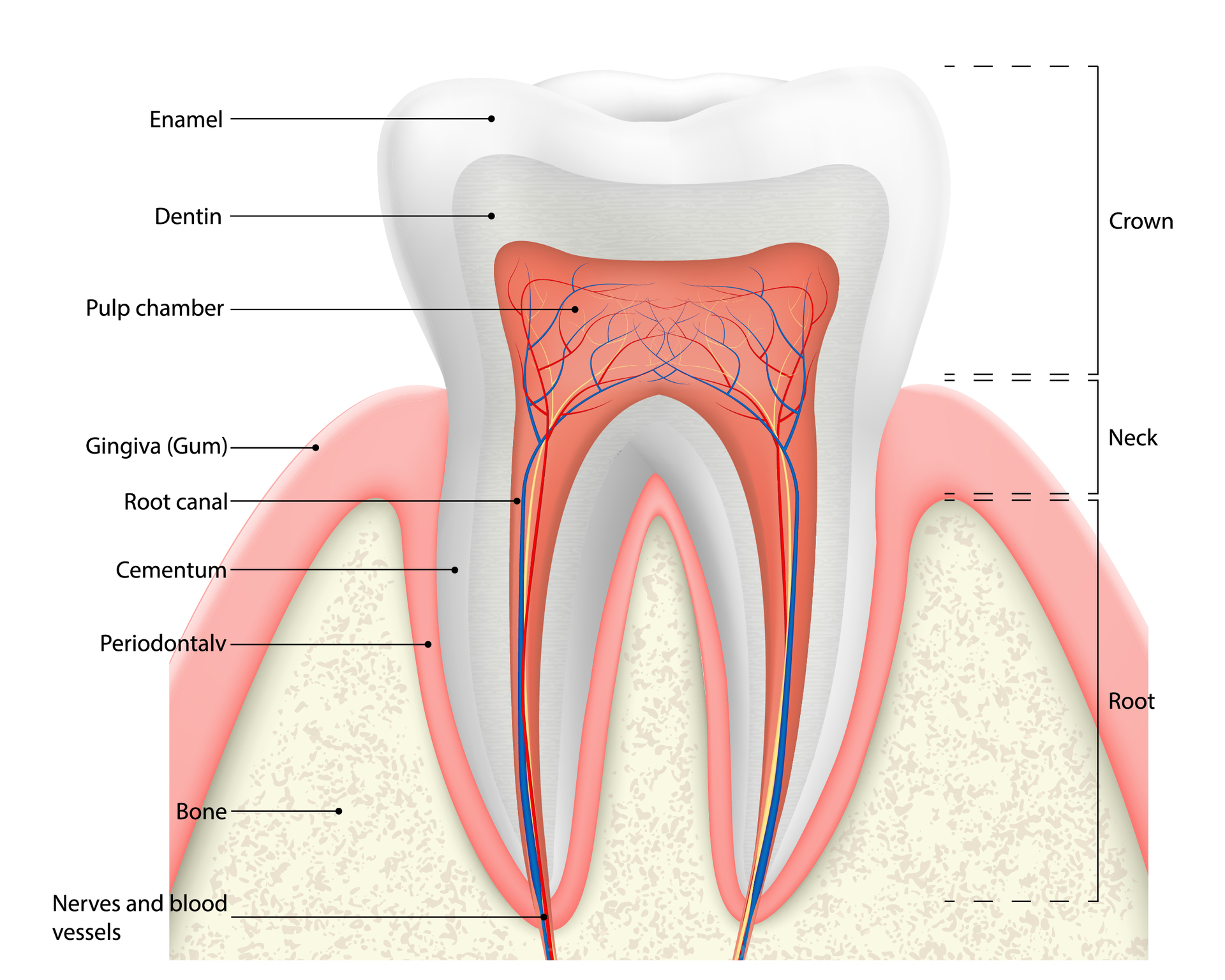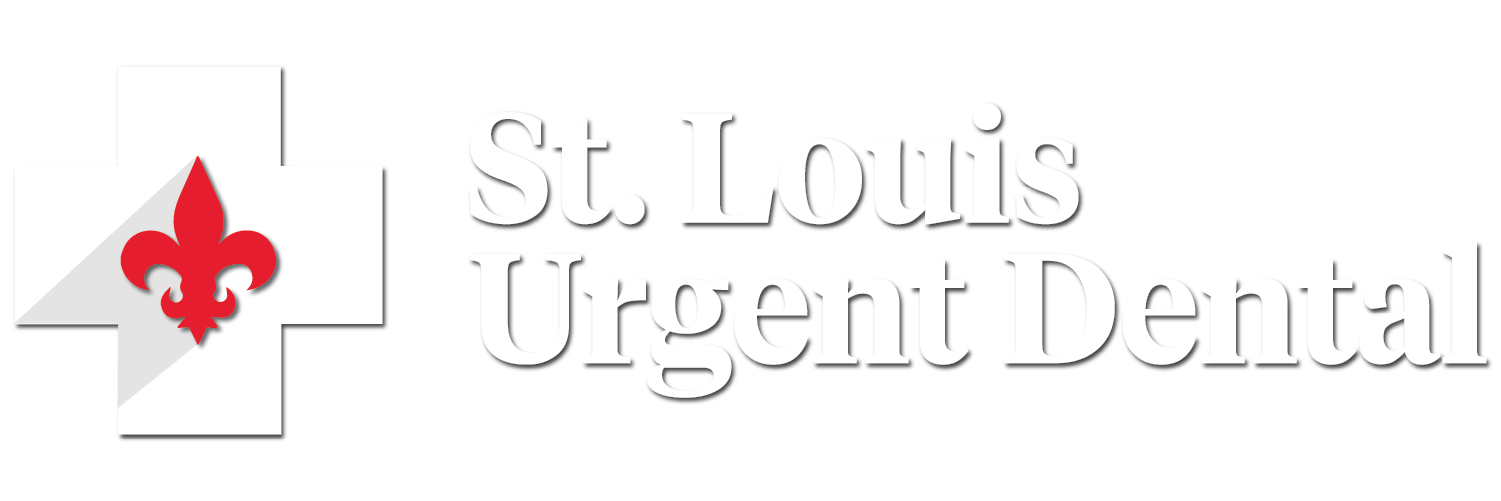Nerve Debridement
Nerve Debridement
at St. Louis Urgent Dental
Nerve debridement, also known as pulpal debridement, is an emergency dental procedure to provide temporary relief from dental pain caused by an abscess or infection in the tooth pulp. The tooth pulp is the soft tissue in the center of the tooth that contains blood vessels, nerves, and connective tissue. When decay or injury reaches the pulp, it can lead to inflammation, pain, and the need for immediate treatment.
During the nerve debridement procedure, the dentist creates an opening in the affected tooth to access the infected pulp. The dentist then removes the infected tissue, relieving pressure and reducing pain. This procedure aims to provide temporary relief until definitive treatment, such as root canal therapy or tooth extraction, can be performed.
By removing the infected pulp tissue, nerve debridement helps alleviate the inflammation and pressure that cause severe dental pain. This procedure buys time for patients until they can receive definitive treatment, ensuring their comfort and well-being in the interim.
When Nerve Debridement Is Needed
Dental Abscess and Pulpitis
One of the common reasons for requiring nerve debridement is the presence of a dental abscess and pulpitis. Dental abscesses are localized infections that develop when bacteria invade the tooth pulp. Pulpitis refers to the inflammation of the dental pulp, usually resulting from untreated dental decay or trauma. The inflammation causes severe pain and can lead to complications if left untreated.
When patients with dental abscesses or pulpitis seek emergency dental care, the dentist may perform nerve debridement to alleviate the pain and reduce the risk of further infection. By removing the infected pulp tissue, the dentist can provide immediate relief and prevent the spread of infection to the surrounding tissues.
Pericoronitis and its Management
Pericoronitis is another dental emergency that may require nerve debridement. This condition occurs when the soft tissue surrounding a partially erupted tooth becomes inflamed and infected. It commonly affects the third molars, also known as wisdom teeth, as they often do not fully emerge from the gum.
Symptoms of pericoronitis include pain, swelling, and redness in the affected area. In localized cases, irrigation of the area may be sufficient to manage the inflammation. However, if secondary cellulitis develops or the symptoms worsen, more extensive treatment may be necessary. This can involve surgical extraction of the underlying tooth or excision of the gum flap to prevent recurrence.
Nerve Debridement: Layers of the Tooth Structure
To understand nerve debridement and its role in emergency dental care, it helps to have a basic understanding of dental anatomy.
Our teeth consist of three structural layers: enamel, dentin, and the pulp chamber.
- Enamel is the outer layer of the tooth, covering and protecting the crown. It is a highly mineralized structure that provides strength and resilience.
- Dentin forms the core structure of the tooth and is located beneath the enamel. It is less mineralized than enamel but still provides support and protection.
- The Pulp Chamber is the center of the tooth and contains blood vessels, nerves, and connective tissue. It is connected to the jaw's vascular and nervous supply through the tooth apices. The roots of the tooth are anchored to the surrounding alveolar bone by the periodontal ligament.

Dental Pain:
Identifying the Source
Dental pain can originate from various sources, and it is essential to identify the underlying cause to provide appropriate treatment. While dental problems are the most common sources of oral pain, nondental sources such as myofascial inflammation, sinusitis, migraines, and neuralgias must also be considered and ruled out.
By conducting a thorough examination and considering the patient's symptoms and medical history, our dentists work to accurately diagnose the source of the pain and provide the necessary treatment.



